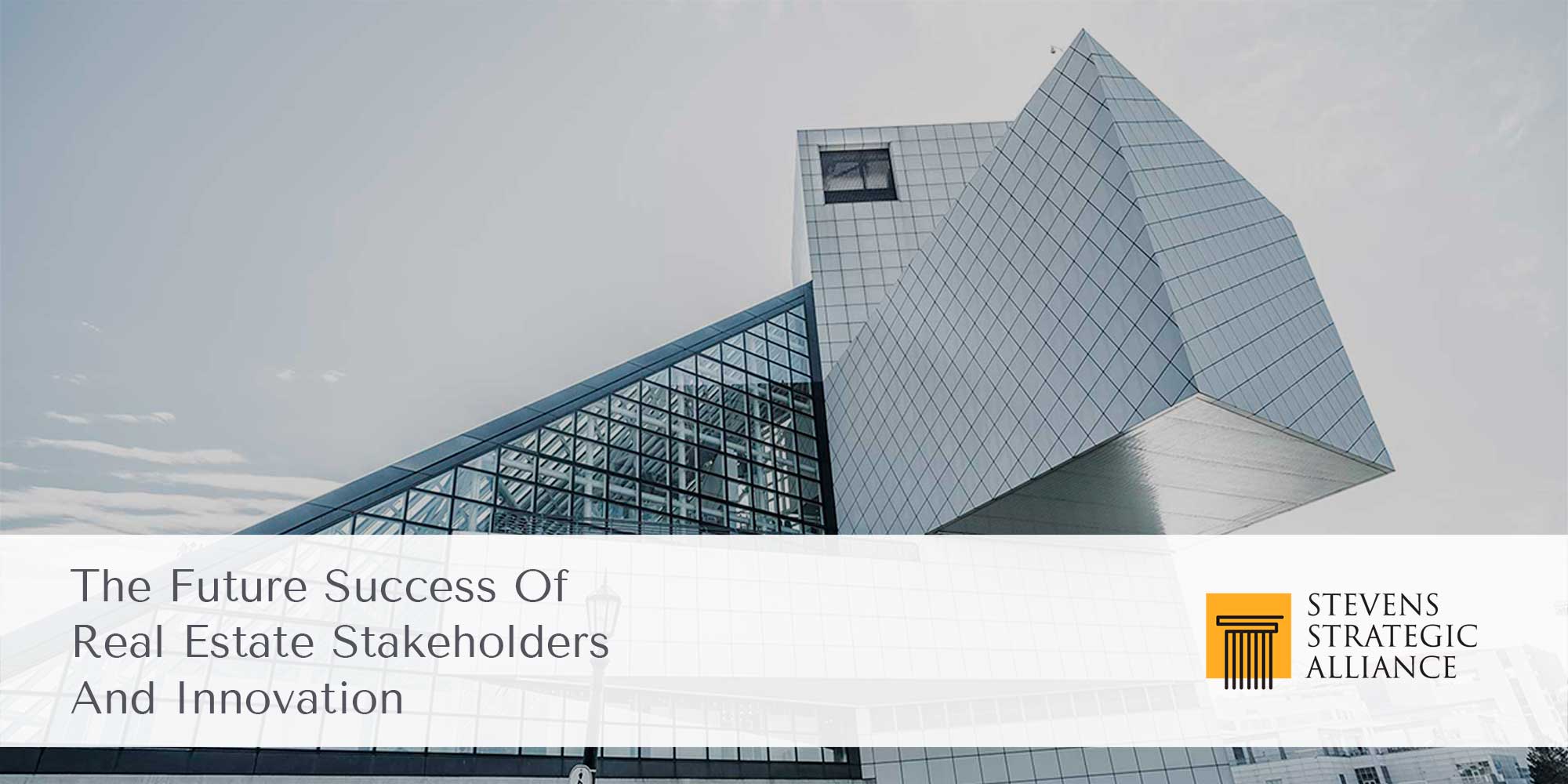
The Future Success of Real Estate Stakeholders and Innovation
Photo from stevenssa
The future success of real estate stakeholders depends on their ability to embrace and integrate innovation. There’s been a long discussion and many costly failed attempts to embed innovative technology, practices, and design into the real estate industry – an industry that manages complex development mostly on individual laptop spreadsheets in siloed departments.
It doesn’t help that the word innovation itself has become a buzzword that is so often misused that it’s beginning to lose its real meaning. In this article, we will use it as a way to capture new soft skills such as attitudes of cooperation and new hard skills such as an upgrade in technology and design. In order for stakeholders to have the greatest chance of success in incorporating horizontal innovation, stakeholders will need to think and act collaboratively across company silos – from leasing and sales to design and construction. All real estate stakeholders need to invest in three things: new technology, new design, and new processes.
You may also like: Deloitte Insights: The Future of the Industrial Real Estate Market
Table of Contents
Real Estate New Technology
Incorporating new technology that is relevant to an organization or a specific project can make the difference between your success vs your competitors. New technology can be used either as a digital solution to de-risk a project or a technology that allows for greater differentiation of a new project and its potential value to users and investors. Most importantly, technology strategy should be the first decision so that every other decision can support it. The reason for this prioritization is that technology is more of an attitude than an event. It identifies and replaces existing systems that aren’t creating company value. A commonly underutilized technology in the real estate value chain is incorporating consistent Building Information Modeling (BIM). Investing in consistent BIM data throughout the life of a project and across a portfolio of projects is no longer a luxury. It’s a necessity.
As SSA White Papers have stated, “All final BIM deliverables must be consistent in data architecture, design standards and the inclusion of clean, critical data for ongoing, credible analytics and company-wide business use cases”.
Using BIM from the inception of a project and incorporating all the advantages of this digital solution will assist with avoiding costly design conflicts and will provide a treasure trove of building analytics for owners, property managers and investors for years to come.
Real Estate New Design
According to the Gensler’s Experience Index Report, how people interact with design is changing drastically and building design has a quantifiable impact on a user’s experience. Real estate stakeholders must have a forward view of space design and user experience that is thoroughly thought out before the project begins. Without this respect for where building technology is trending, developers will be creating a project that will be outdated by the time it hits the market.
Incorporating new technology into future development is imperative to meet the changing demands of how people experience and use that space. With the growing demand for e-commerce which officially eclipsed the brick and mortar retail industry this last year2 and the rise in luxury leasing, the real estate industry can no longer rely on standard concepts of user experience to act as the basis for new projects. As large suburban shopping centers stand vacant and urban centers become booming hubs for alternative living, the silver lining for opportunity will require both the use of innovative design and embedded technology.
Real Estate New Practices
Once technology and design innovation is embraced then it must be infused into an already existing system – that’s the hard part. Technology surrounds us and more and more new tech is coming out of Silicon Valley and other global tech hubs. The problem now becomes not finding new technology but understanding what technology will make real estate users more satisfied and improve the developer’s bottom line. With that being said, the world still runs on human interaction – relationships over transactions. And human pushback is the biggest struggle preventing the incorporation of new technology and change into the development process.
As McKinsey and Company have stated in their article Decoding Digital Transformation in Construction, “Dozens of attempts to streamline projects with digital solutions such as 5D BIM, had failed…Site and office workers grumbled about having to adopt yet more new technologies-before abandoning them and returning to their old ways”
The soft skills required to influence human interaction are just as critical as the hard skills in overcoming barriers to incorporating technology solutions. The lack of horizontal cooperation in E&C projects between company silos, employees, vendors, and subcontractors further creates barriers in this technology incorporation phase. The answer to this is to identify the human pain points of change in an organization instead of relying solely on pushing an IT solution. Just like in contract negotiations, it’s less effective to focus on the numbers and more effective to address the pain points of the person sitting across the table. The same applies when incorporating new technology into an existing system within an organization.
There is a myriad of barriers to innovation from unwilling employees to the changing expectations of design and the lack of horizontal collaboration among real estate stakeholders. These challenges shouldn’t be an excuse for ignoring innovation change. Innovation in real estate technology, design, and execution processes is a critical part of maximizing the value of a project – even in an industry where each project requirements are different. If you don’t innovate, your competition will. And that is something no company can afford.
This article was originally published at Stevens Strategic Alliance.
